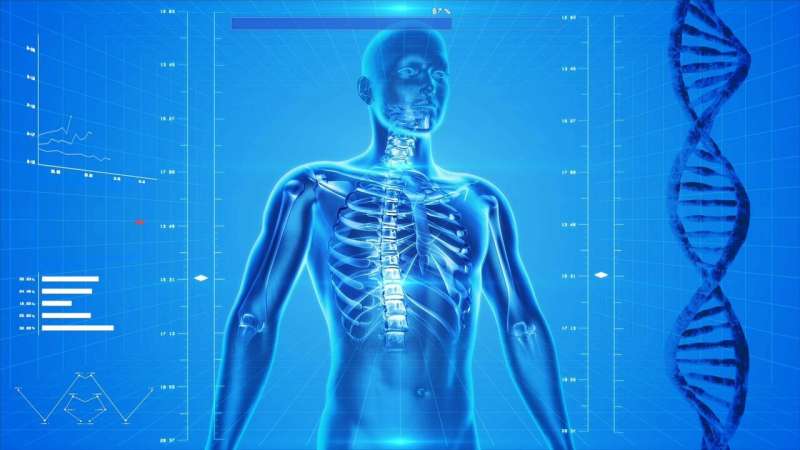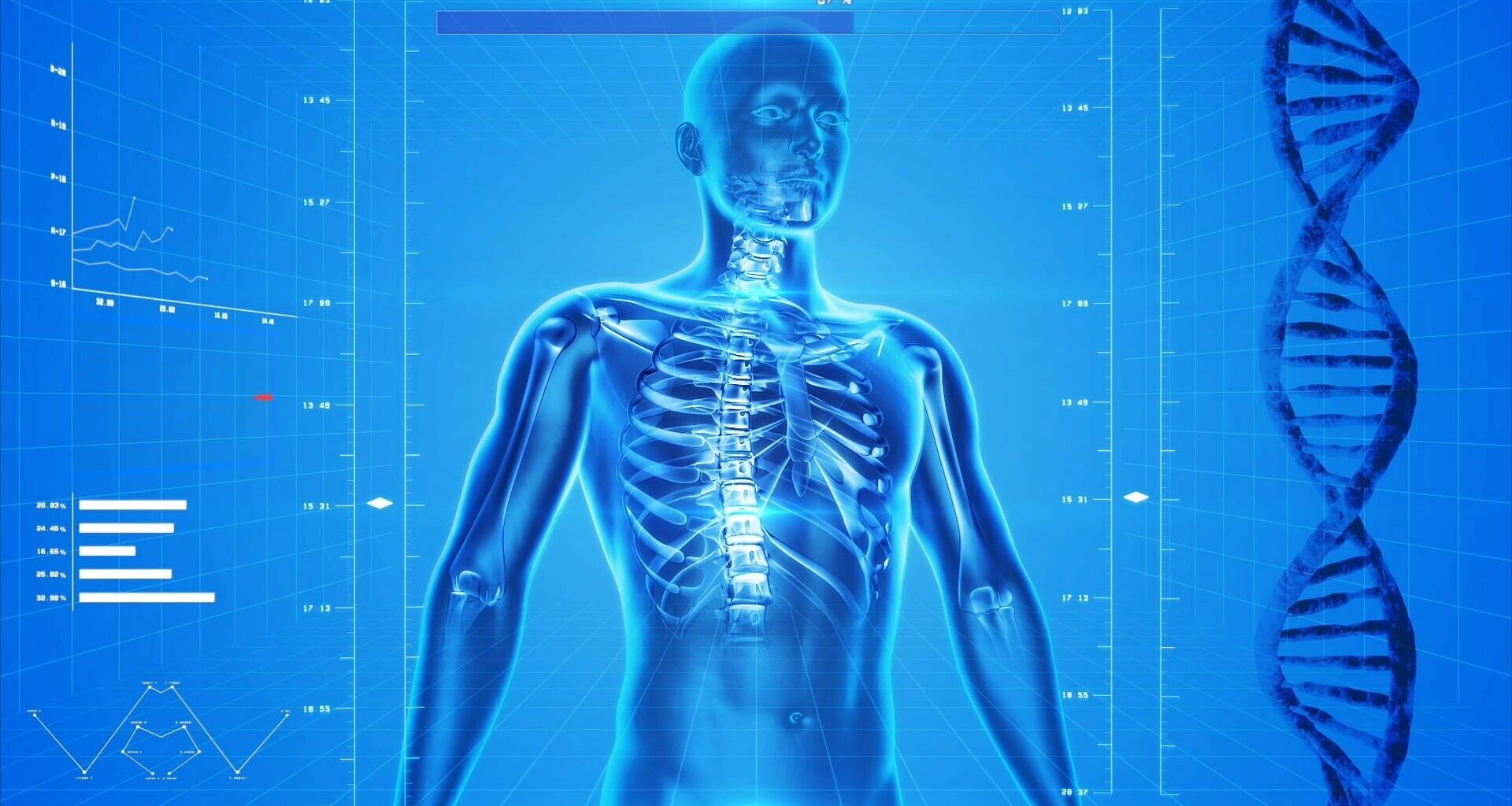
Credit: CC0 Public Domain
Research from scientists at the University of California San Diego School of Medicine has shed new light on an age-old question: what makes the human brain unique? The study is published online in Science Advances.
The team’s discovery comes from their investigation of human-accelerated regions (HARs)—sections of the human genome that have accumulated an unusually high level of mutations as humans have evolved. There is a lot of scientific interest in HARs, as they are hypothesized to play an essential role in conferring human-specific traits, and also have links to neurodevelopmental disorders, such as autism.
One reason why scientists think that HARs confer human-specific traits is they have undergone rapid changes in their genetic sequences since we split from our closest living relative—the chimpanzee—approximately 5 million years ago.
Now, UC San Diego researchers have identified one particular HAR—called HAR123—that appears to be instrumental in shaping the human brain.
The researchers found that HAR123 itself is not a gene, but is instead a type of molecular “volume control” known as a transcriptional enhancer. Transcriptional enhancers control which genes are activated, how much they are activated, and at what times they are activated during an organism’s development.
Through its role as a transcriptional enhancer, HAR123 promotes the development of neural progenitor cells, the cells that give rise to the two main types of brain cells—neurons and glial cells. HAR123 also influences the ratio of neurons and glial cells that form from neural progenitor cells.
Ultimately, HAR123 promotes a particularly advanced human trait called cognitive flexibility, or the ability to unlearn and replace previous knowledge.
In addition to providing new insights into the biology of the human brain, the results also offer a molecular explanation for some of the radical changes that have occurred in the human brain over the course of our evolution. This is supported, for example, by the authors’ finding that the human version of HAR123 exerts different molecular and cellular effects than the chimpanzee version in both stem cells and neuron precursor cells in a petri dish.
Further research is needed to more fully understand the molecular action of HAR123 and whether the human version of HAR123 does indeed confer human-specific neural traits. This line of research could lead us to a better understanding of the molecular mechanisms underlying many neurodevelopmental disorders, such as autism.
The study was led by Miles Wilkinson, Ph.D., distinguished professor, and Kun Tan, Ph.D., assistant professor, both within the Department of Obstetrics, Gynecology, & Reproductive Sciences at UC San Diego School of Medicine.
More information:
Kun Tan et al, An ancient enhancer rapidly evolving in the human lineage promotes neural development and cognitive flexibility, Science Advances (2025). DOI: 10.1126/sciadv.adt0534. www.science.org/doi/10.1126/sciadv.adt0534
Provided by
University of California – San Diego
Citation:
A genetic twist that sets human brains apart (2025, August 13)
retrieved 13 August 2025
from https://medicalxpress.com/news/2025-08-genetic-human-brains.html
This document is subject to copyright. Apart from any fair dealing for the purpose of private study or research, no
part may be reproduced without the written permission. The content is provided for information purposes only.
